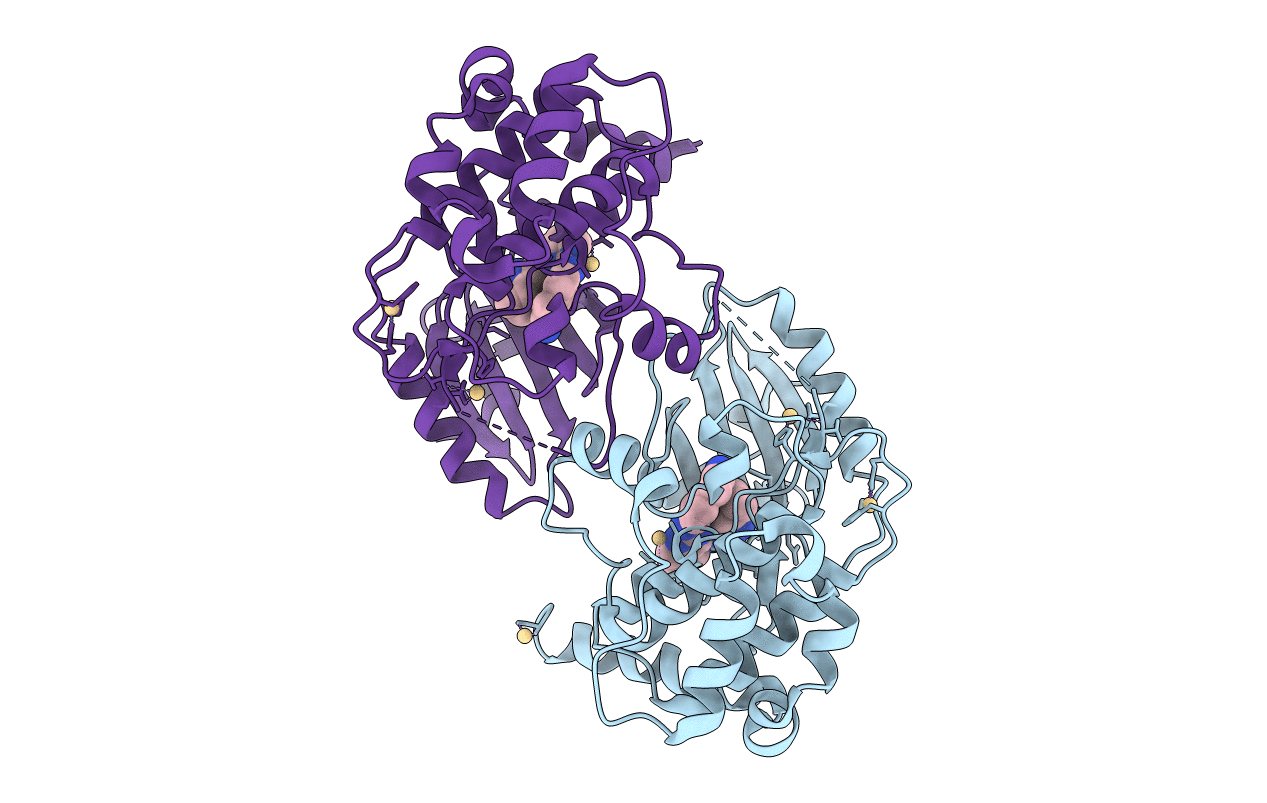
Deposition Date
2009-02-27
Release Date
2009-03-24
Last Version Date
2023-09-06
Entry Detail
PDB ID:
3GGF
Keywords:
Title:
Crystal structure of human Serine/threonine-protein kinase MST4 in complex with an quinazolin
Biological Source:
Source Organism:
Homo sapiens (Taxon ID: 9606)
Host Organism:
Method Details:
Experimental Method:
Resolution:
2.35 Å
R-Value Free:
0.27
R-Value Work:
0.21
R-Value Observed:
0.22
Space Group:
P 21 21 21


